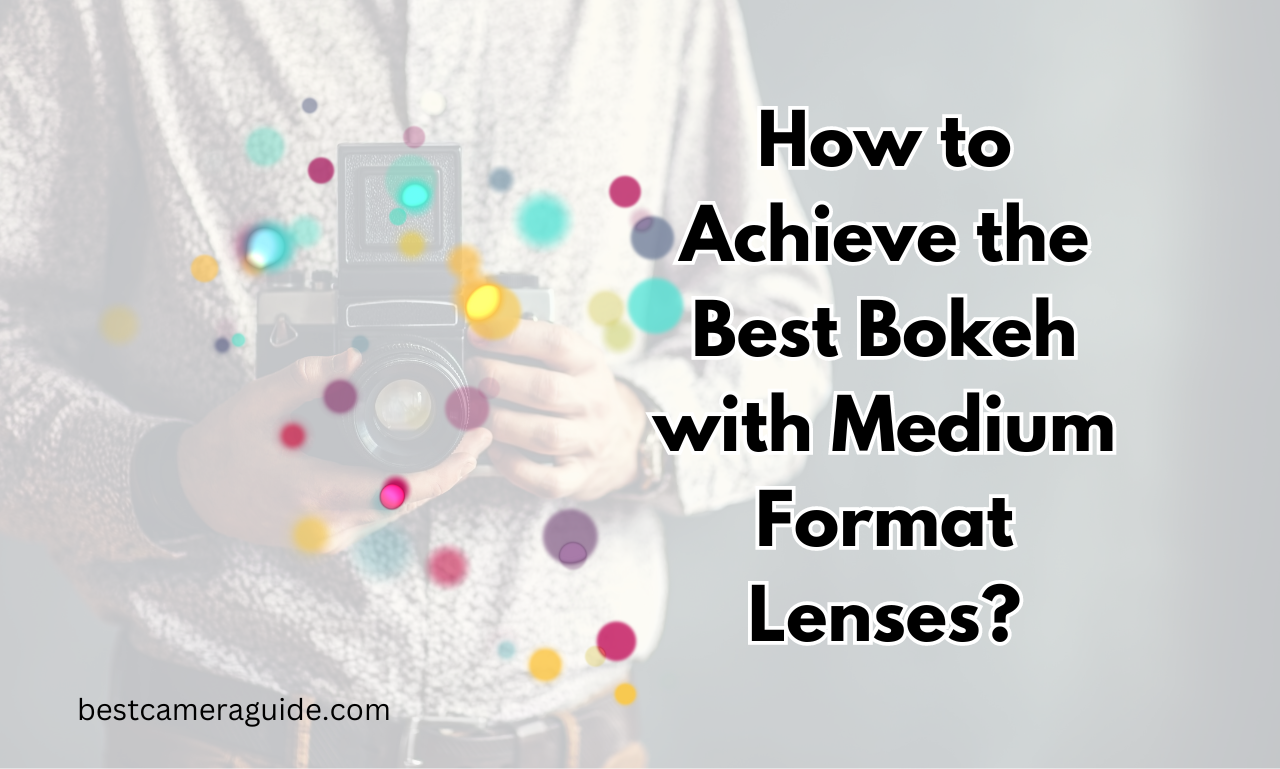Bokeh is the magical blur that transforms ordinary photos into stunning works of art. When it comes to medium format lenses, achieving the best bokeh requires more than just a shallow depth of field. It’s about understanding how to manipulate light, composition, and lens characteristics to create the dreamiest background blur.
Keep Reading: Capture HDR Medium format cameras
Understanding Bokeh: What Sets Medium Format Apart?
| Image | Product | Price |
|
Our Pick
1
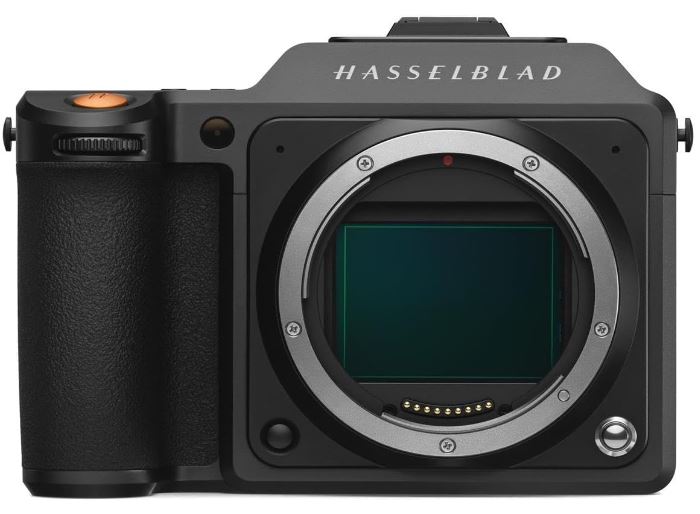
|
Hassel X1D |
|
|
2
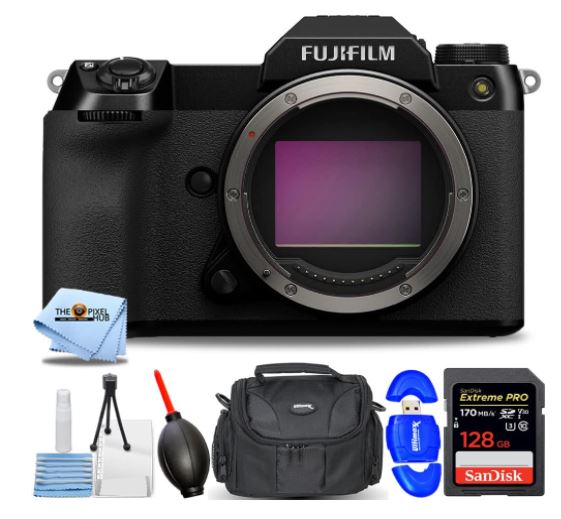
|
Fujifilm GFX |
|
|
3
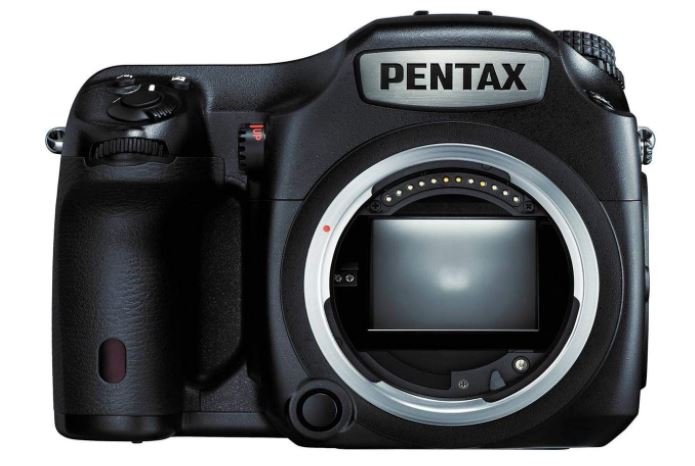
|
Pentax 6457 |
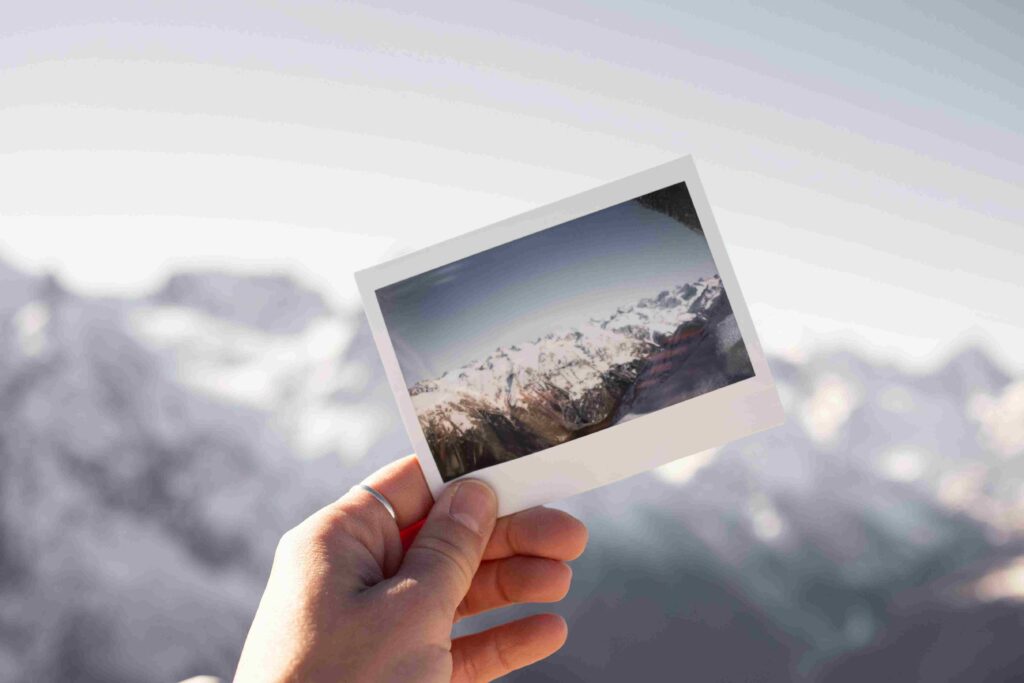
Medium format cameras offer a unique advantage in achieving superior bokeh. The larger sensor size allows for greater control over the depth of field, making it easier to isolate your subject and blur the background. This results in a more pronounced and creamy bokeh compared to smaller formats.
Key Factors Influencing Bokeh Quality:
- Aperture Size: The wider the aperture (e.g., f/2.8 or lower), the shallower the depth of field, which enhances the bokeh effect.
- Focal Length: Longer focal lengths, such as 80mm or 150mm on medium format lenses, compress the background, making the bokeh more pronounced.
- Distance Between Subject and Background: The greater the distance, the more blurred the background will appear.
Choosing the Right Medium Format Lens for Bokeh
Not all medium format lenses are created equal when it comes to bokeh. Some are designed with specific optical elements that enhance the smoothness and quality of out-of-focus areas. Here are some top picks:
1. Fujifilm GF 110mm f/2 R LM WR
This lens is a bokeh master, thanks to its fast aperture and longer focal length. Combining these features allows for a beautifully smooth background blur, making it ideal for portrait photography.
2. Hasselblad XCD 90mm f/3.2
With its exceptional sharpness and creamy bokeh, the Hasselblad XCD 90mm is perfect for those seeking to achieve a delicate balance between subject isolation and background blur.
3. Pentax 645 DFA 90mm f/2.8 ED AW SR
Pentax’s offering delivers outstanding bokeh with a fast aperture and image stabilization, making it a versatile option for various shooting conditions.
Techniques to Enhance Bokeh in Medium Format Photography
Achieving the best bokeh isn’t just about the lens but also the technique. Here are some tips to maximize your bokeh:
1. Shoot Wide Open
Always shoot at the widest aperture possible to achieve the shallowest depth of field. This allows for maximum background blur and the most pronounced bokeh.
2. Use Longer Focal Lengths
Longer focal lengths compress the background, enhancing the bokeh effect. Lenses in the 80mm to 150mm range are ideal for creating soft, dreamy backgrounds for medium format.
3. Increase the Distance Between the Subject and the Background
The further your subject is from the background, the more blurred the background will be. This distance creates a separation that enhances the bokeh effect.
4. Focus on the Details
Pay attention to what’s in the background. Bright lights or reflections can create beautiful, soft bokeh balls that add a touch of magic to your photos.
5. Experiment with Lighting
Backlighting your subject can create a glow that enhances the bokeh. Experiment with different light sources to see how they interact with your lens and subject.
The Role of Post-Processing in Perfecting Bokeh
While getting the bokeh right in-camera is ideal, post-processing can help enhance the effect. Here’s how:
1. Selective Blur in Editing Software
If the bokeh isn’t as pronounced as you’d like, you can use software like Adobe Photoshop to selectively blur the background. This can help create the dreamy effect you’re after.
2. Enhance Contrast
Increasing the contrast between your subject and the background can make the bokeh stand out more. Use contrast adjustments to create a more defined separation.
3. Color Grading
Adjust the colors in your background to complement the bokeh. Softer tones and hues can enhance the smoothness of the blur, creating a more cohesive look.
Common Mistakes to Avoid When Aiming for Great Bokeh
Even with the right lens and techniques, mistakes can still happen. Here’s what to avoid:
1. Using a Busy Background
Too much detail in the background can distract from your subject and diminish the bokeh effect. Keep the background simple and uncluttered.
2. Overexposing the Background
If the background is too bright, it can overpower the bokeh. Ensure that your exposure is balanced to maintain the integrity of the blur.
3. Ignoring Subject Placement
Where you place your subject in the background is crucial. Make sure there’s enough distance to create a noticeable blur and position your subject to take full advantage of the bokeh potential.
Final Thoughts: Mastering Bokeh with Medium Format Lenses
Achieving the best bokeh with medium format lenses requires a combination of the right equipment, technique, and creativity. By understanding how to manipulate depth of field, focal length, and subject placement, you can create stunning images that showcase the full potential of medium format photography.
Remember, bokeh is not just about blur—it’s about enhancing the visual appeal of your photos by focusing the viewer’s attention on the subject while creating a beautiful, out-of-focus background that complements the overall composition.

